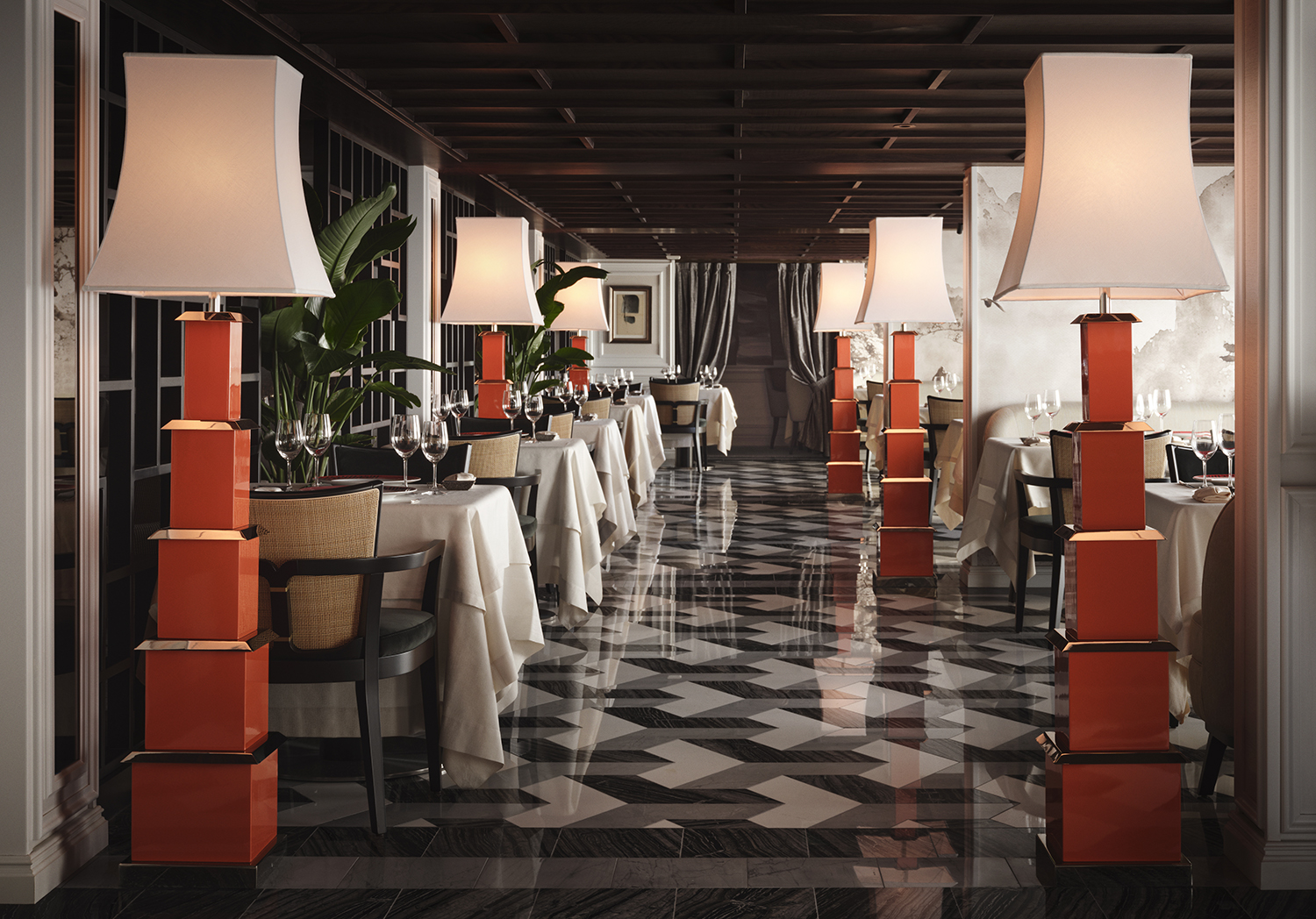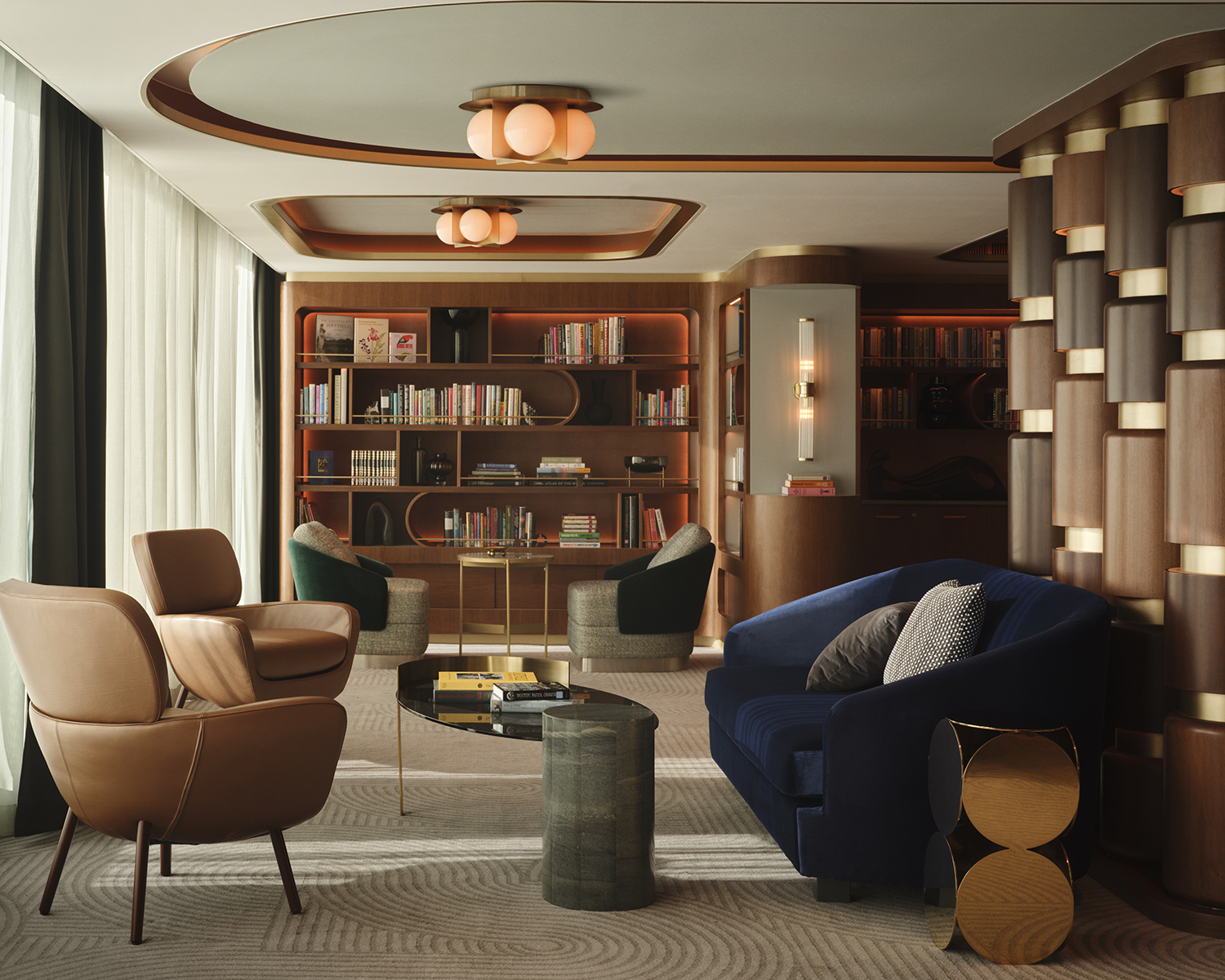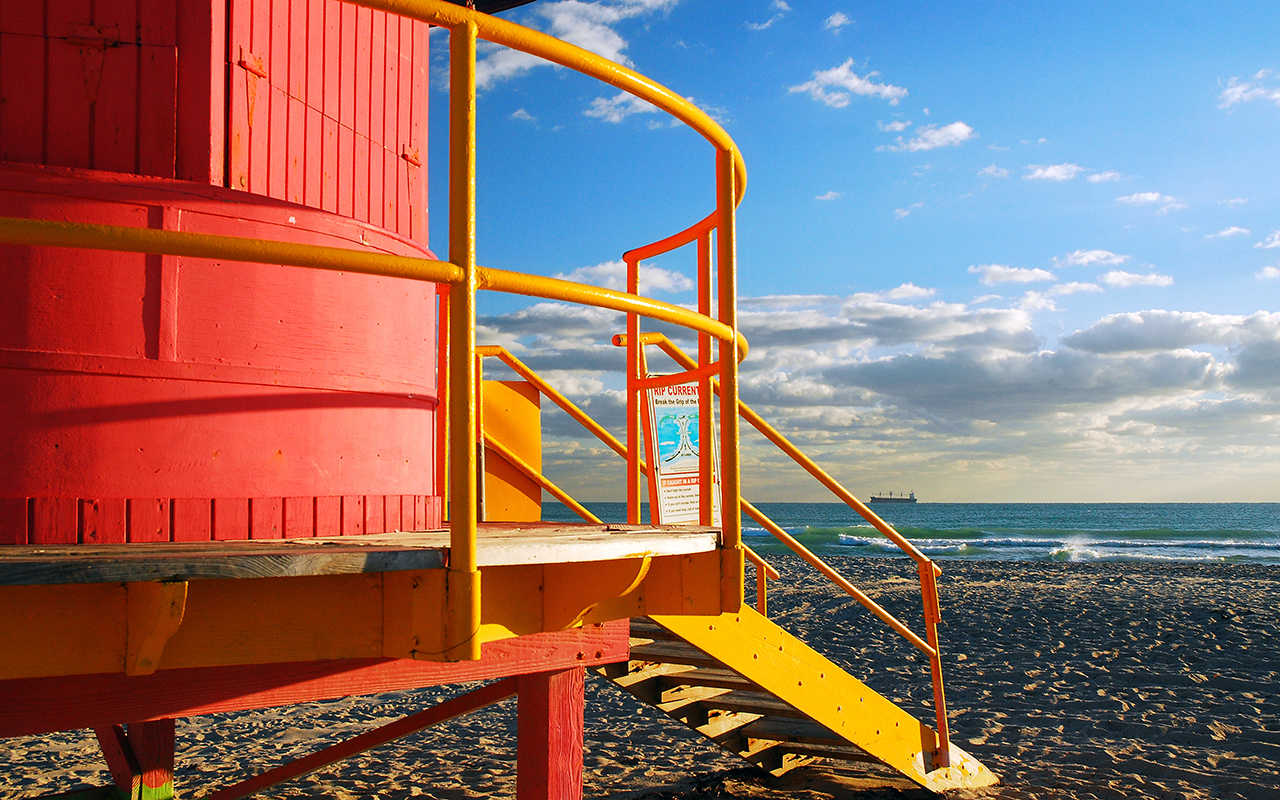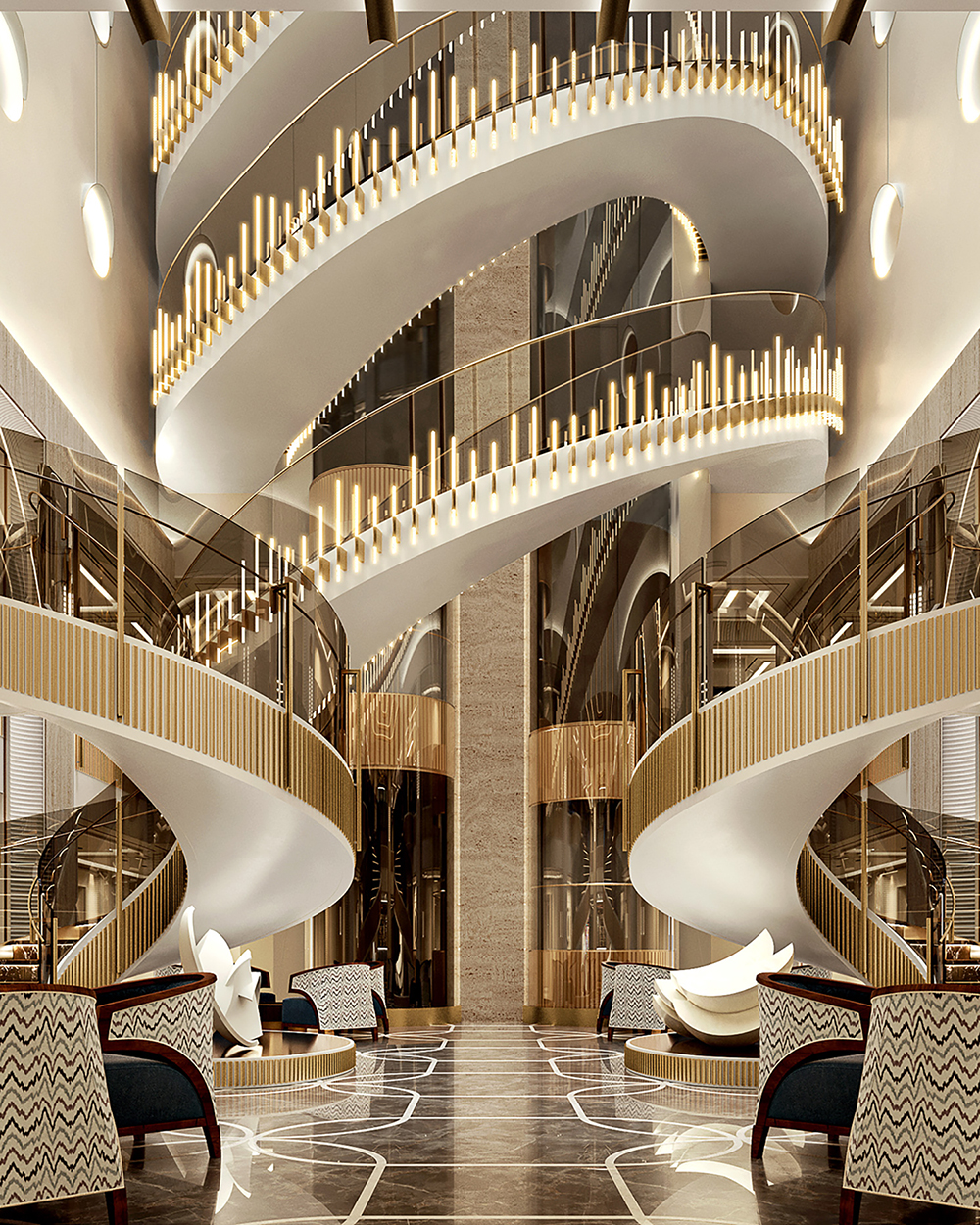Blog article
Nov 12, 2025
More Is More: Why Maximalism Is Making a Bold Return in Hospitality Design

Studio DADO weighs in on a major interior design trend and how they’re applying it to their own hospitality work.
Minimalism had a good run. For years, we saw interiors stripped of ornamentation, bathed in neutral tones, with every object curated or concealed. Clean lines. Calming palettes. The whisper of “less is more” echoing through every Japanese-inspired suite and Scandinavian-influenced lobby. Minimalism will never go away completely, but something has shifted. You can feel it in the riot of color at Art Basel. In the resurgence of pattern, personality, and unapologetic fun on screen and in galleries. And increasingly, you can feel it the moment you step into a new hotel lobby or restaurant, where beige is giving way to bold, and order to expression.
Maximalist Design Is Back. And It’s Emotional
Maximalism is having a moment.
Not the cluttered kind that’s easy to parody. The maximalism of today is layered, expressive, and full of feeling. It invites you to lean in. To explore. To feel immersed and alive.
At Art Basel Miami Beach last December, the energy was unmistakable. Booths vibrated with chromatic intensity, and sales leaned heavily into figurative, narrative-driven works. Art that tells a story. Art that doesn’t hide. That’s the current running through contemporary interiors right now, too: a hunger for emotional resonance. For meaning. For beauty that’s exuberant, not just efficient.

Known for neither its sense of restraint nor subtlety, Art Basel Miami has only grown in influence. Often, the multi-day celebration of art and culture sets the tone for a design community that thrives on the next and the new. Photo: Art|Basel
More Personality in Hospitality
Hospitality designers are tapping into this mood, where the guest experience thrives on emotional response. At DADO, we see it as a shift toward spaces that feel full of life. It’s not about overwhelming the senses. It’s about stimulating them carefully, thoughtfully, and with a clear point of view.
Done well, maximalist hospitality design feels like being invited into a dream: lush, layered, and filled with a sense of discovery. But that’s exactly what makes it so hard to pull off. In a private home, maximalism is an extension of someone’s life story. Souvenirs. Artwork. Textiles picked up from a favorite trip. It’s deeply personal. In a hospitality setting, the challenge is to create that same richness and specificity without knowing the guest in advance.
Designing Maximalist Spaces Without Chaos
That’s where expertise comes in.
Curating a successful maximalist space isn’t about throwing pattern on pattern and calling it a day. It takes rhythm. Composition. A keen understanding of proportion and restraint. Every loud moment needs a pause. Every pattern needs contrast. Otherwise, the result is chaos, not character.
Look at the hospitality spaces making waves right now: restaurants drenched in jewel tones, boutique hotels leaning into cinematic storytelling, lounges filled with custom murals and vintage finds. They don’t whisper. They sing. And more importantly, they evoke a response. Joy. Curiosity. Even nostalgia. Guests want more than stories; they want to feel something.
Pop Culture and Art Are Driving the Maximalist Movement, Too
Pop culture is amplifying this aesthetic shift, too. Consider the design-forward visuals of shows like The White Lotus or Beef, where spaces are nearly characters themselves, charged with atmosphere and cultural weight. Or fashion’s return to maximal silhouettes, textures, and surrealist motifs. The cultural appetite is changing. People are tired of restraint. They want expression. They want stories.
That shift is especially important in hospitality, where design sets the tone for the entire experience. A maximalist interior can transport guests, whether that means channeling Old Havana with tile, brass, and botanicals, or capturing the spirit of contemporary art through bold juxtapositions and irreverent details. Maximalism is emotional as well as aesthetic.

At DADO, we invest as much creative juice into curating the space and sourcing or selecting the art as we do in the more traditional design process.
Designing for Feeling, Not Just Function
It also presents an opportunity for deeper storytelling. We approach maximalist design through the lens of feeling first. What does the space want the guest to feel? Adventurous? Glamorous? Grounded in memory? From there, we layer in texture, form, and color, always with balance and purpose.
Art shows like Art Basel and Frieze have become major inspiration points for this kind of work. Not just because of the art on display, but because of the way these events blur the line between exhibition and experience. Design, too, is embracing that ambiguity. A hotel bar doesn’t just serve drinks. It tells a story. It stirs emotion. It brings people together in a space that feels alive, not staged.
The Future of Hospitality Is Maximalist and Meaningful
Maximalism, in that sense, isn’t a trend. It’s a recalibration. A reminder that design isn’t just about tidying away, but about drawing people in. We’re not interested in hiding the mess. We’re interested in finding the magic in it.
So bring on the murals. The mismatched tiles. The furniture that feels like sculpture and the light fixtures that double as conversation starters. Hospitality has always been about creating worlds. Now we just have more tools, and more color, to play with.
Jorge Mesa
Jorge Mesa is a Founding Partner of Studio DADO, the award-winning boutique design practice based in Miami. Jorge has built his career on vibrant designs that are as functional as they are beautiful. He is well-known for his love of showstoppers, drawing on his roots as a Miami native to create one-of-a-kind, adventurous spaces that tell deeply-felt stories. Jorge is one of the co-founders of Studio DADO, the award-winning boutique design practice in Miami.


